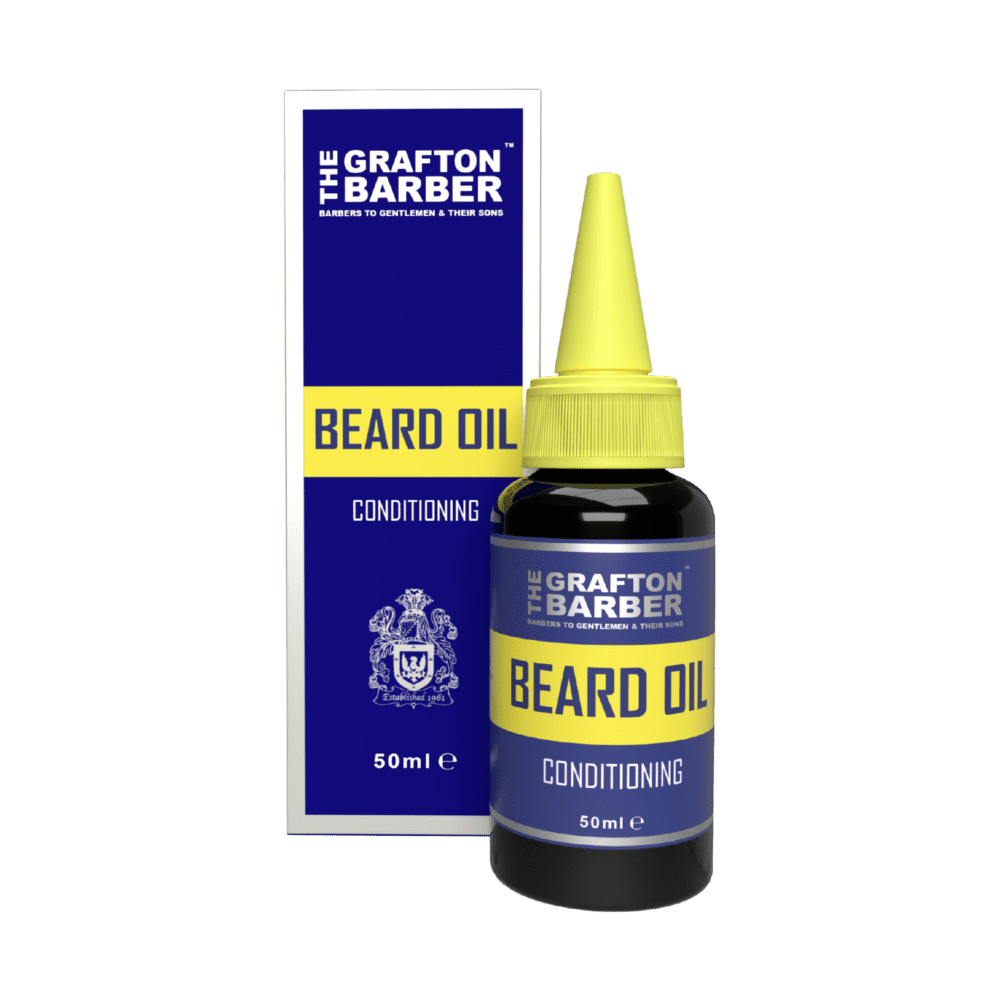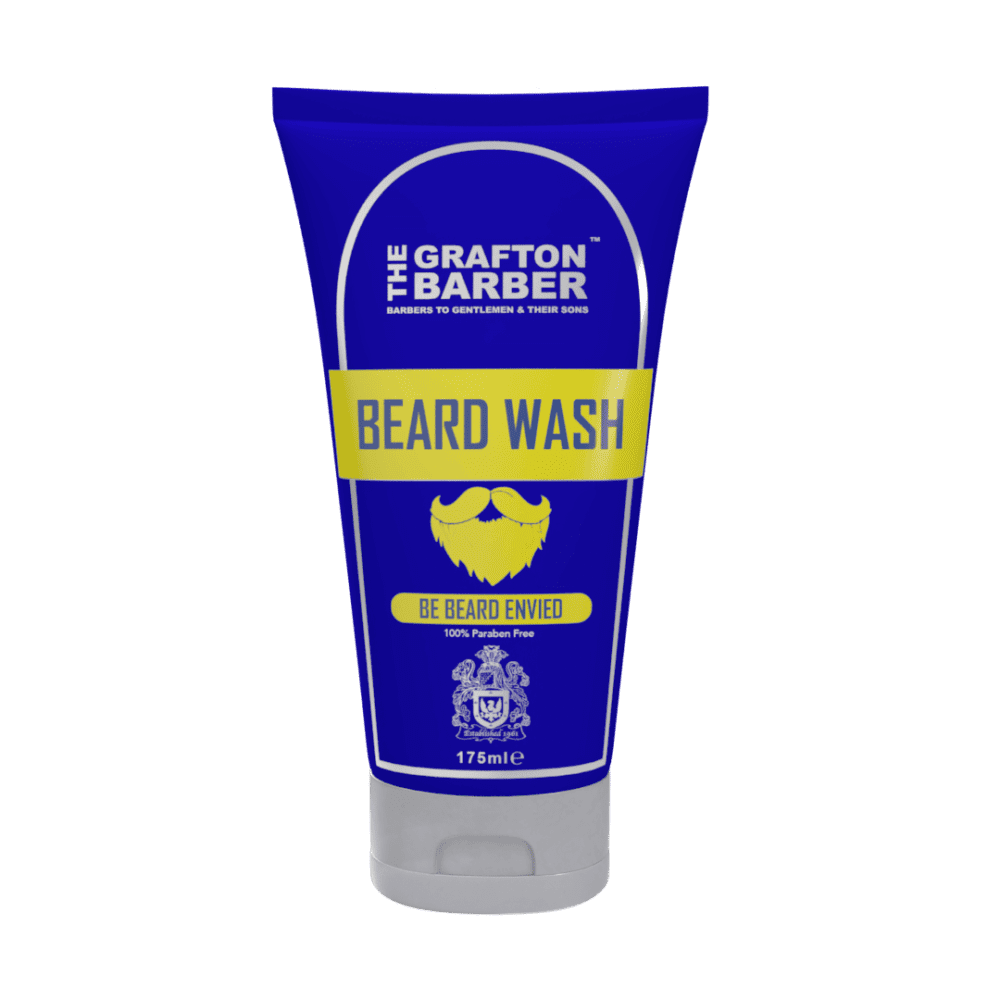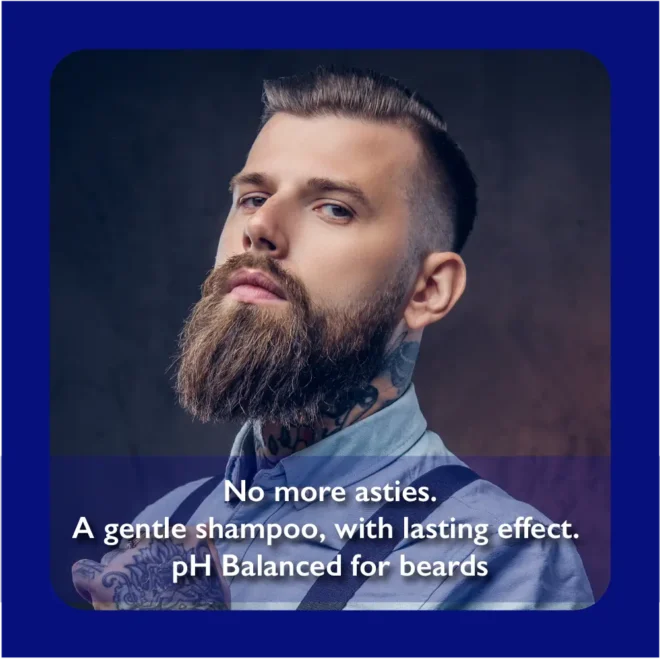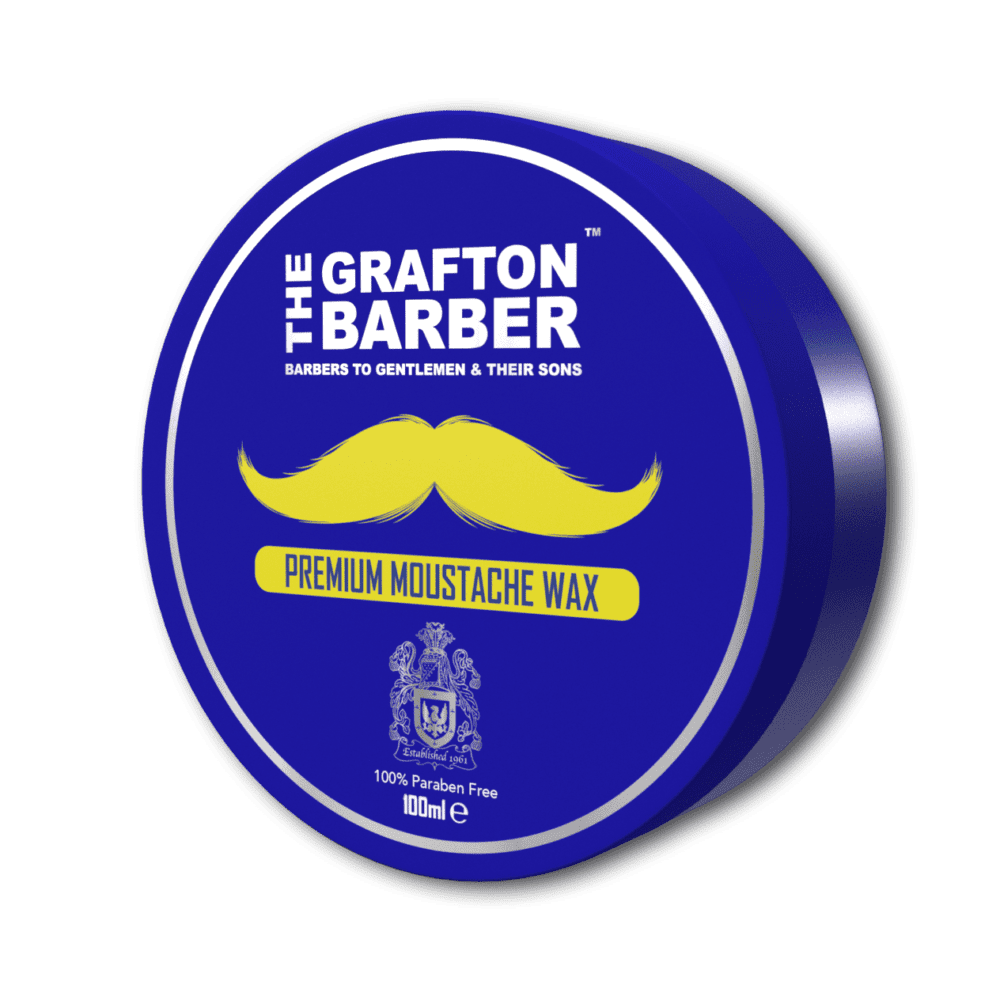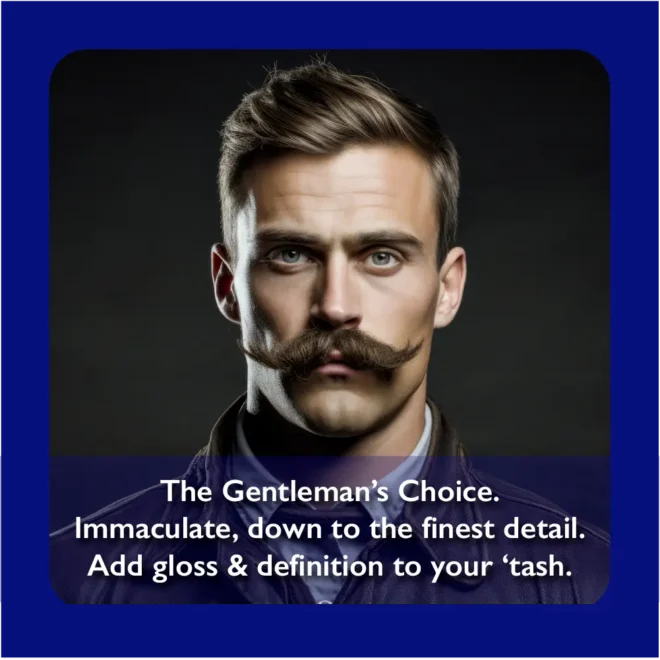OUR SERVICES
HAIR CUTTING & STYLING
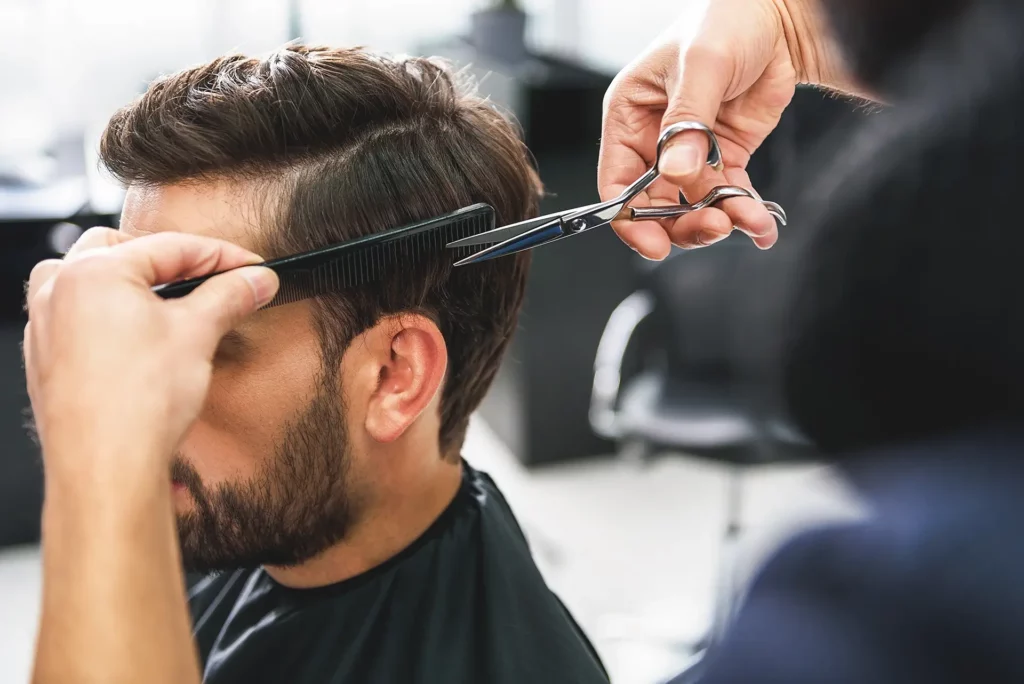
A premium gents haircut typically begins with a consultation with the barber, where the customer can discuss their desired haircut, hair type, and any specific styling requests. The barber will then assess the customer’s hair and recommend a haircut that will suit their face shape, hair type, and lifestyle.
Next, the barber will begin the haircut by washing and conditioning the hair, to ensure that it is clean and well-prepared for the cut. They will then use scissors and clippers to cut and shape the hair, paying attention to details such as the hairline, the neckline, and the overall symmetry of the cut.
During the cutting process, the barber will work with the customer to create a customized look that suits their face shape, hair texture, and personal style. They will also take into account the customer’s desired hair length and the amount of maintenance required for the haircut.
After the haircut is complete, the barber will then style the hair using a variety of techniques such as blow-drying, and using a variety of styling products to achieve the desired look. The barber will also give tips on how to style the hair to maintain the look at home.
Finally, the barber will finish the haircut with a grooming session, which may include a hot towel wrap, a face massage, or a shave. This helps to leave the customer feeling refreshed and pampered, and ensures that the hair is left looking and feeling smooth and healthy.
In summary, a premium gents haircut typically starts with a consultation with the barber, followed by washing, cutting, shaping, styling and finishing with a grooming session. The barber will work with the customer to create a customized look that suits their face shape, hair texture, personal style and lifestyle. They will also give tips on how to maintain the look at home.
HOT TOWEL SHAVING
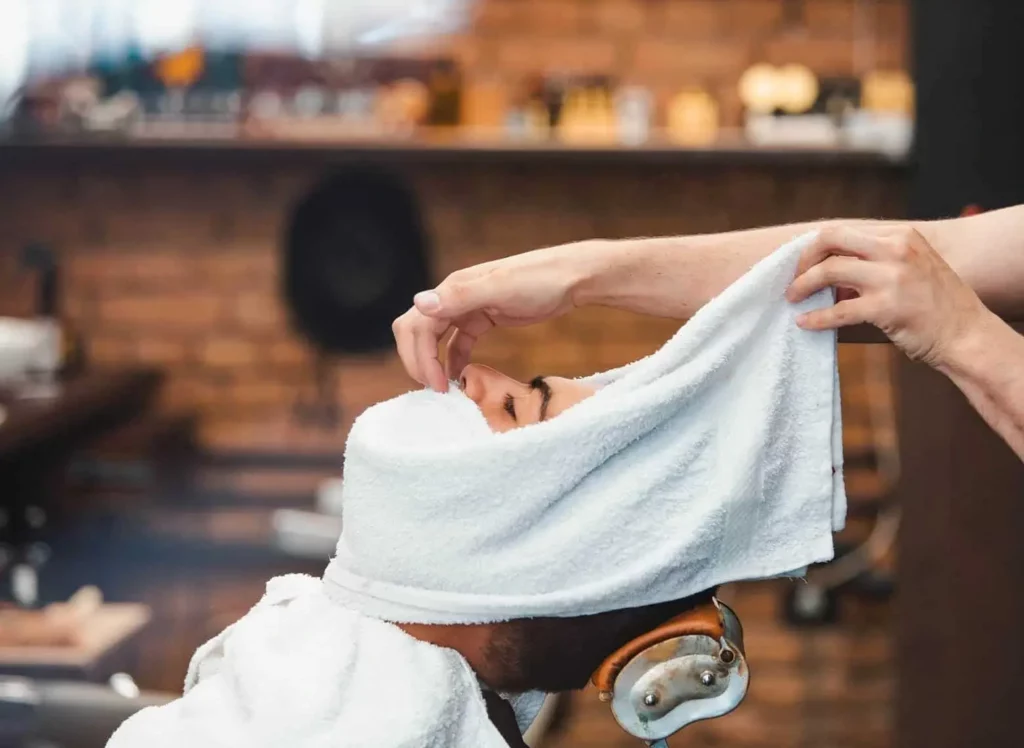
A hot towel shave is a traditional shaving method that involves the use of hot towels to soften the beard and prepare the skin for a close, smooth shave. The process typically begins with the barber or shaving technician applying a pre-shave oil to the client’s face, which helps to lubricate the skin and protect it from irritation during the shaving process. Next, a hot towel is applied to the face, which helps to open up the pores and soften the beard. The towel is left on the face for a few minutes, allowing the heat to penetrate the skin and prepare it for shaving.
Once the towel is removed, the barber or technician will apply a shaving cream or soap to the face, which helps to further lubricate the skin and provide a smooth surface for the razor to glide over. A straight razor or safety razor is then used to shave the beard, with the barber or technician using gentle, smooth strokes to avoid irritation and achieve a close, smooth shave.
After the shave is complete, the barber or technician may apply a post-shave balm or lotion to the face, which helps to soothe and moisturize the skin. A final hot towel may be applied to the face to help close the pores and remove any remaining shaving cream or soap.
The hot towel shave is a luxurious and relaxing experience that many men find to be an indulgence. It can be a nice treat for yourself or a thoughtful gift for a loved one. It is also a great way to achieve a close, smooth shave with minimal irritation, making it a popular choice among men with sensitive skin.
Overall, the art of a hot towel shave is a traditional and timeless practice that provides a relaxing and indulgent experience while achieving a close, smooth, and irritation-free shave.
BEARD MAINTENANCE
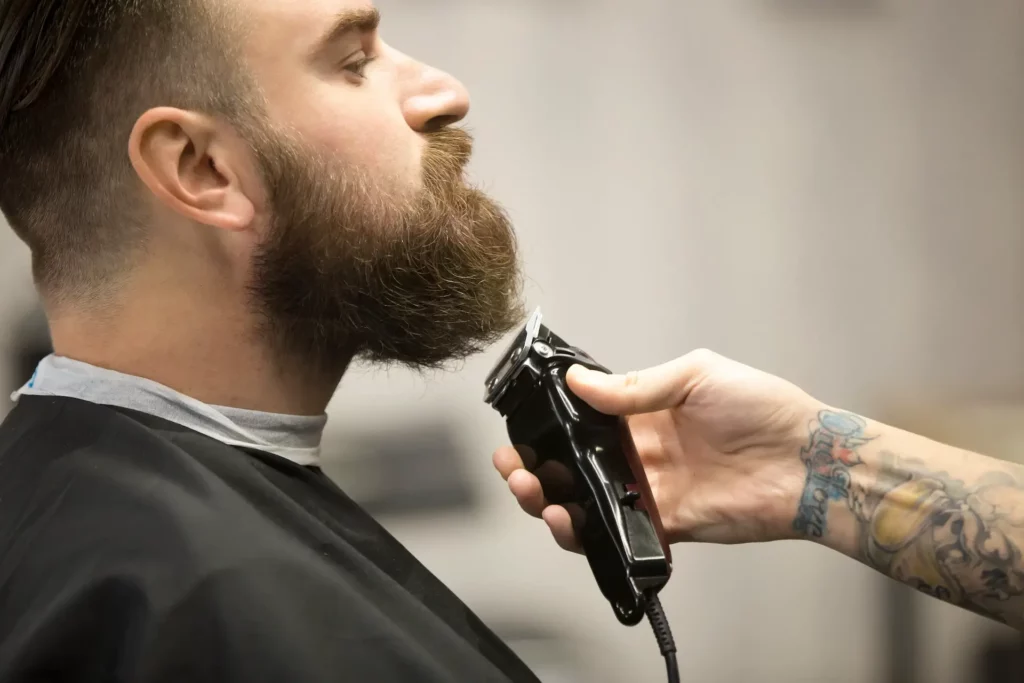
Grooming a beard in a barbershop typically involves a series of steps to clean, shape, and style the beard. The process can vary depending on the desired look and the individual’s beard growth and hair type.
The first step is to clean the beard using shampoo and conditioner. This helps to remove any dirt, oil, or styling products that may have built up in the beard. After cleaning, the barber will use a comb and scissors to trim any stray hairs and shape the beard to the desired length and shape. They may also use clippers to trim the beard to a shorter length if desired.
Next, the barber will use a straight razor or trimmers to shape and define the edges of the beard, including the neckline and cheek line. They will also pay attention to the mustache, trimming and shaping it to match the beard.
Once the shape and length are to the customer’s satisfaction, the barber will then style the beard. This may involve using a boar bristle brush and a small amount of styling product to create a polished, polished look. The barber may also use a blow dryer to dry and style the beard.
After grooming, the barber may also give you tips on how to maintain your beard at home, including the use of beard oil and balm to keep it soft and healthy, and the proper way to comb and trim the beard.
In summary, grooming a beard in a barbershop typically includes cleaning, trimming, shaping, and styling the beard. The barber will use scissors, clippers, straight razor, trimmers and other tools to trim, shape and style the beard to the customer’s satisfaction. They will also pay attention to the mustache, trimming and shaping it to match the beard. After grooming, the barber may also give tips on how to maintain the beard at home.
COLOURING
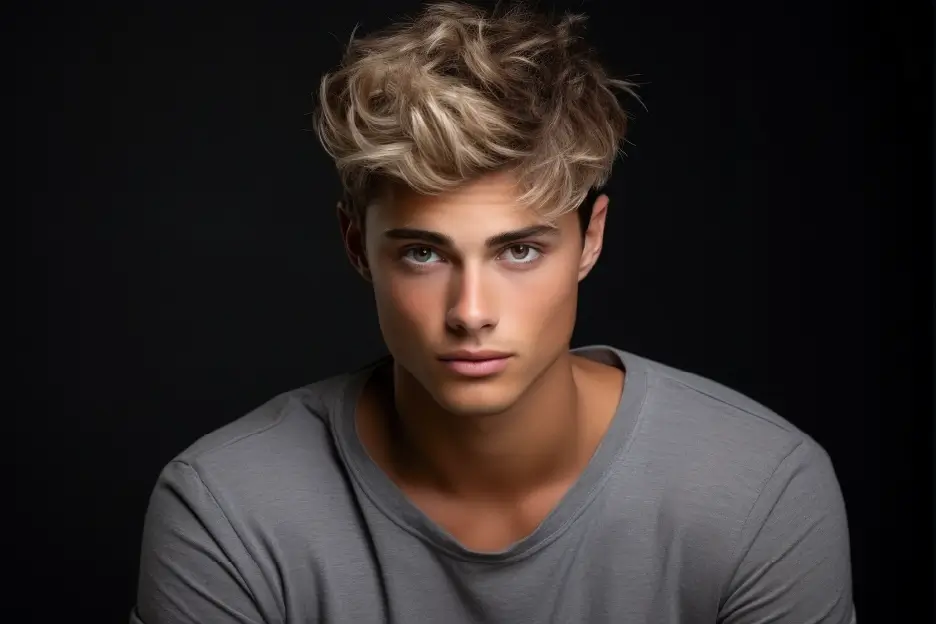
Grey coverage is a hair coloring process that is used to cover or conceal grey hair. The process involves applying a hair color that is specifically designed to match the natural color of the hair, covering the grey hair and blending it in with the rest of the hair.
The process begins with a consultation with a stylist, during which the stylist will assess the client’s hair and skin tone, as well as their desired color. They will then choose the appropriate hair color and mix it to the desired shade.
Next, the stylist will apply the color to the hair, paying special attention to the grey hair. The hair color is then left on the hair for a specific amount of time to allow the color to process, typically between 20 to 40 minutes depending on the hair type, color and developer.
After the color has been left on the hair for the appropriate amount of time, the stylist will then rinse and shampoo the hair, removing any excess color. A toner may be applied to create the desired shade and to neutralize any unwanted undertones.
Finally, the stylist will style the hair as desired, and give the client tips on how to maintain the color at home. This can include using color-safe hair care products, avoiding hot tools and excessive exposure to sun and chlorine.
It’s important to note that grey coverage can be done with various techniques such as highlights, lowlights, balayage, foiling, etc. The process may also involve more than one application, depending on the degree of grey hair and the desired level of coverage.
In summary, grey coverage is a hair coloring process that is used to cover or conceal grey hair. It starts with a consultation, choosing the appropriate hair color, applying the color to the hair, processing, rinsing and shampooing, toning and styling. The process may involve more than one application and use of various techniques.
BLEACHING
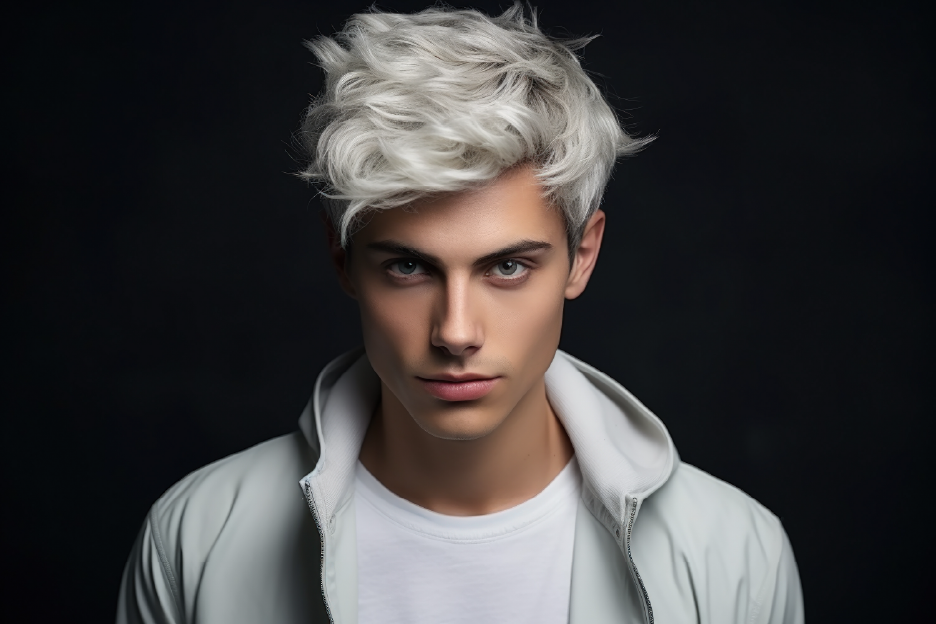
Hair bleaching is a process of lightening hair color by using chemicals to remove the natural pigments in the hair. The process is also known as “hair lightening” or “hair coloring”. The most common type of hair bleaching is done with a product called hydrogen peroxide, which is mixed with an activator to create a lightening formula.
The process begins with the hair being washed and towel dried. The stylist will then section the hair and apply the bleaching mixture to the hair, starting with the roots and working their way to the tips. The mixture is then left on the hair for a specific amount of time, depending on the desired level of lightening and the natural color of the hair. The stylist will regularly check the hair to ensure that it is lightening evenly and to avoid over-processing.
Once the hair has reached the desired level of lightening, the stylist will then rinse the hair and neutralize the bleaching mixture to stop the lightening process. The hair is then shampooed and conditioned to remove any remaining traces of the bleaching mixture.
After the bleaching process is completed, the hair may be in a fragile state, therefore a hair mask is usually applied to help nourish and repair the hair. The hair will also be more susceptible to damage, so it’s important to use a good quality shampoo and conditioner to maintain healthy hair.
It’s important to note that hair bleaching can be a harsh process on the hair and can result in significant damage if not done properly. It’s essential to go to a professional stylist who has experience with hair bleaching, as they will be able to assess your hair’s condition and determine the best course of action to achieve the desired results without causing damage to your hair. Additionally, it’s recommended to avoid heat styling and chemical treatments for a few weeks after getting your hair bleached to give your hair time to recover.
Overall, hair bleaching is a process of lightening hair color by using chemicals to remove the natural pigments in the hair. It’s a process that requires skill and knowledge of the right techniques and products to achieve the desired results without causing damage to the hair. The process also requires time and patience, and it’s recommended to go to a professional stylist who has experience with hair bleaching. Additionally, it’s important to take proper care of your hair after the bleaching process to maintain healthy and beautiful hair.
PERMING
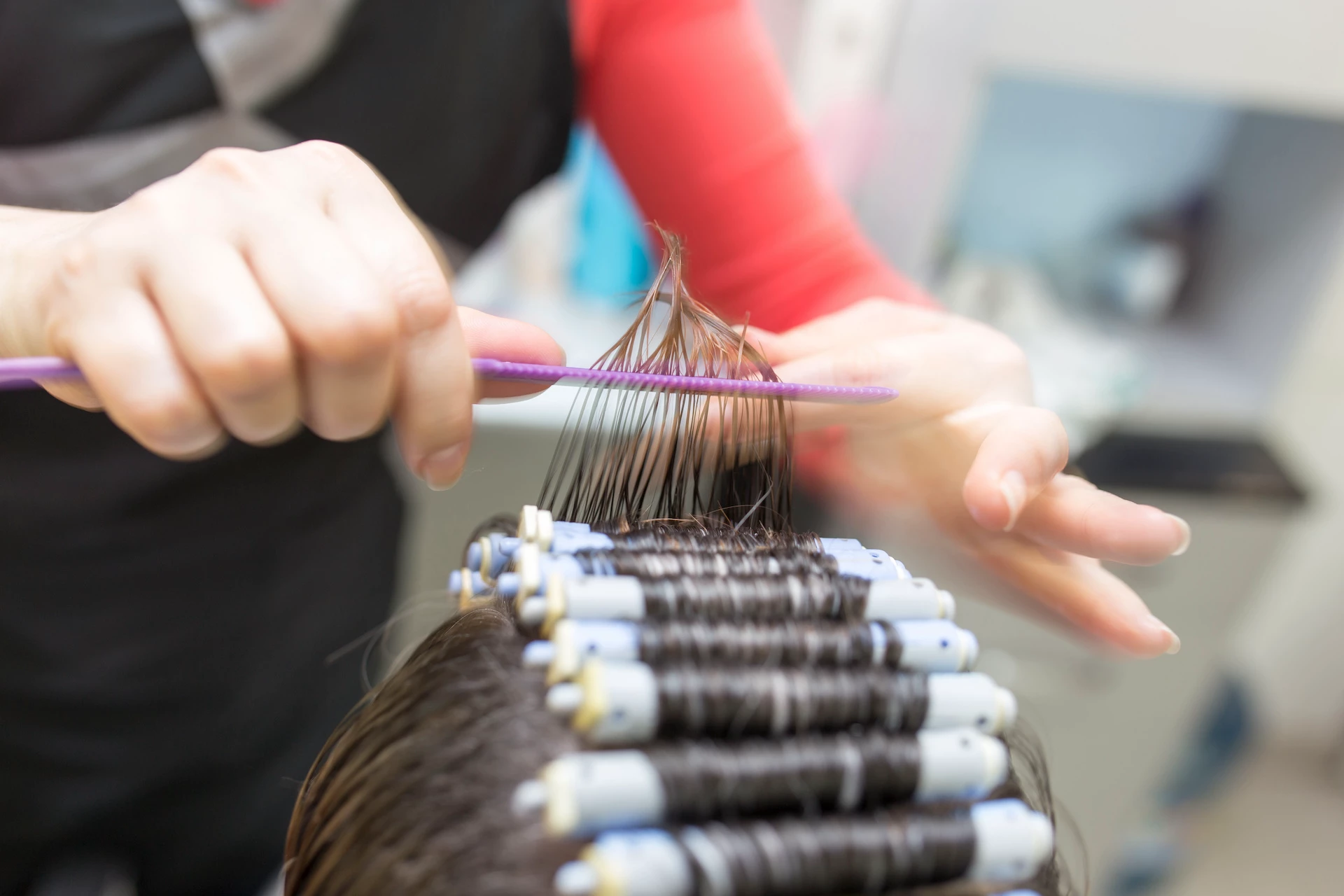
Hair perming, also known as a perm, is a chemical treatment that is used to alter the structure of the hair to create curls or waves. The process involves the use of a chemical solution, called a perm solution, which is applied to the hair and then neutralized to set the hair in its new shape.
Before the perm process begins, the hair will be washed and towel-dried. The stylist will then section the hair and apply a solution called a “perm solution” to the hair which will help to break down the hair’s natural bonds to allow for reshaping. This solution is left on the hair for a specific amount of time, depending on the type of perm being done and the desired results.
After the perm solution has been on the hair for the appropriate amount of time, the stylist will then apply a neutralizer to the hair, which helps to set the hair in its new shape. The neutralizer is left on the hair for a certain amount of time, and then rinsed out thoroughly.
After the hair has been neutralized, the stylist will then use a perm rod of various sizes to wrap the hair around, depending on the desired curl pattern. The hair is then rolled up and covered with a plastic cap. A heater or hood dryer may be used to speed up the process. Once the hair has been permed, the stylist will remove the perm rods and give the hair a final rinse with cool water.
The final step is to style the hair, which typically involves cutting and shaping the hair to complement the new curls or waves. A hair conditioner may be applied to help moisturize and protect the hair.
It’s important to note that perming can be a harsh process on the hair, and the hair may be left feeling dry and brittle. Therefore, it is important to take care of the hair after a perm by using a good moisturizing shampoo and conditioner. Additionally, it is recommended to avoid heat styling and chemical treatments for a few weeks after getting a perm.
Overall, hair perming is a process that involves the use of chemical solutions to change the structure of the hair and create curls or waves. It’s a process that requires some time, patience, and skill to achieve the desired results, but with proper care, the results can be beautiful and long-lasting. It is important to consider the potential damage that perming can cause to the hair before making the decision to perm, and to take proper care of the hair after the perm to maintain healthy and beautiful curls or waves.
HIGHLIGHTS
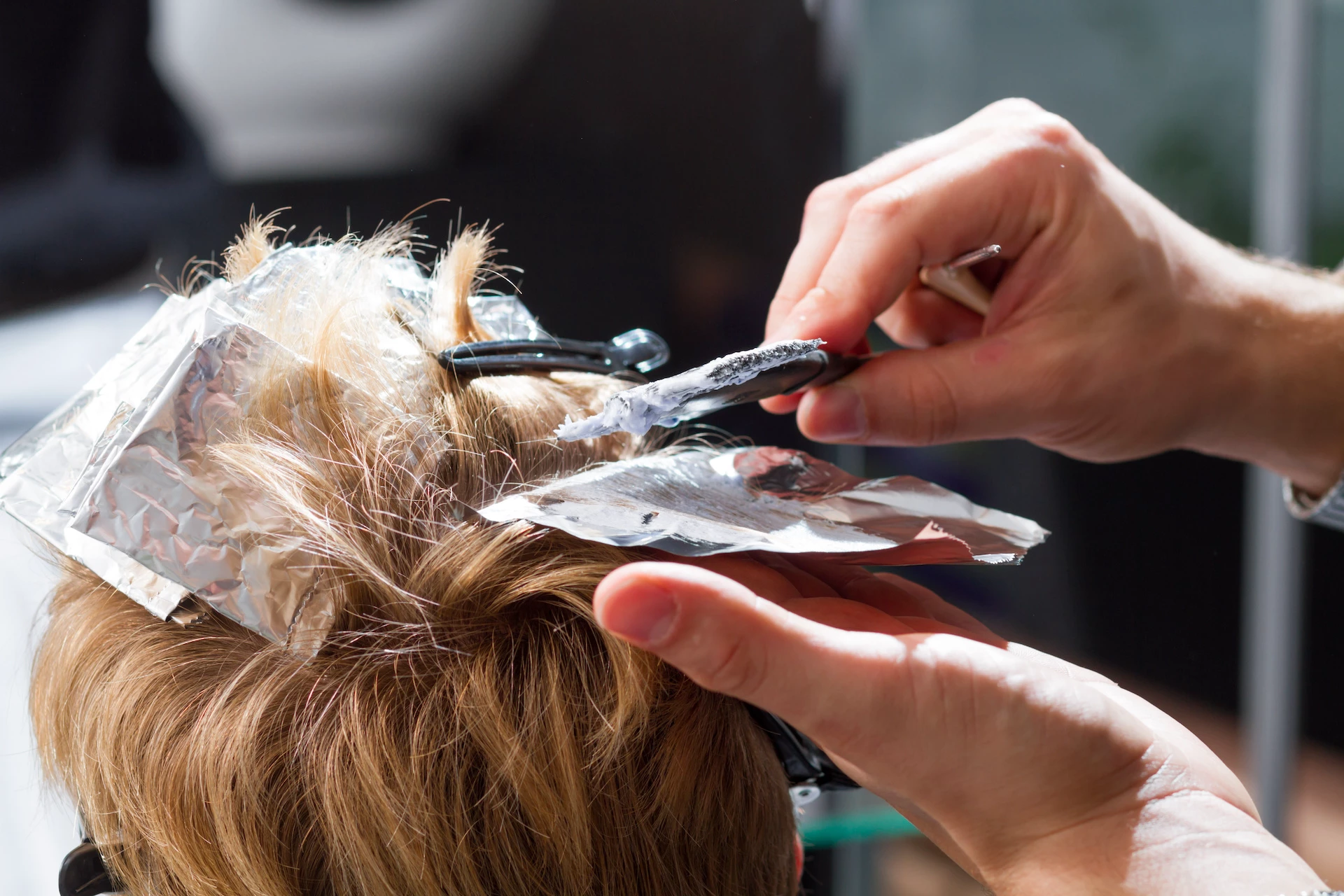
Hair highlights involve adding lighter color to the hair to create a contrast with the natural or existing hair color. There are several methods to achieve highlights, including foil highlights, balayage, and hair painting.
Foil highlights involve sectioning the hair and applying lightener or color to specific sections, which are then wrapped in foil to protect the rest of the hair. The foils are left in for a certain amount of time, depending on the desired level of lift, and then the lightener is rinsed out and the hair is toned if necessary.
Balayage is a more natural-looking highlighting technique where the color is painted on in a sweeping motion, creating a graduated, natural-looking effect. This technique doesn’t use foils and allows for more artistic freedom in creating highlights.
Hair painting, also known as “freehand technique”, is similar to balayage but it is more precise and it allows for a more natural blend and a more defined separation between the highlights and the base color.
Before starting the highlighting process, a patch test must be done to ensure that you don’t have an allergic reaction to the color or lightener. Your stylist will also consult with you to determine the best technique, color, and placement for your hair type and desired look.
The process typically takes around 2-3 hours depending on the technique used and the length of your hair. After the highlights are complete, your stylist will recommend at-home care products to maintain the color and keep your hair healthy.
In summary, hair highlights can be achieved through different methods like foil highlights, balayage, and hair painting. Each method has its own pros and cons and should be chosen depending on the desired look and hair type. A patch test is done before starting the process and the stylist will consult with you to determine the best technique, color and placement for your hair. The process takes around 2-3 hours, after which the stylist will recommend at-home care products to maintain the color and hair health.
